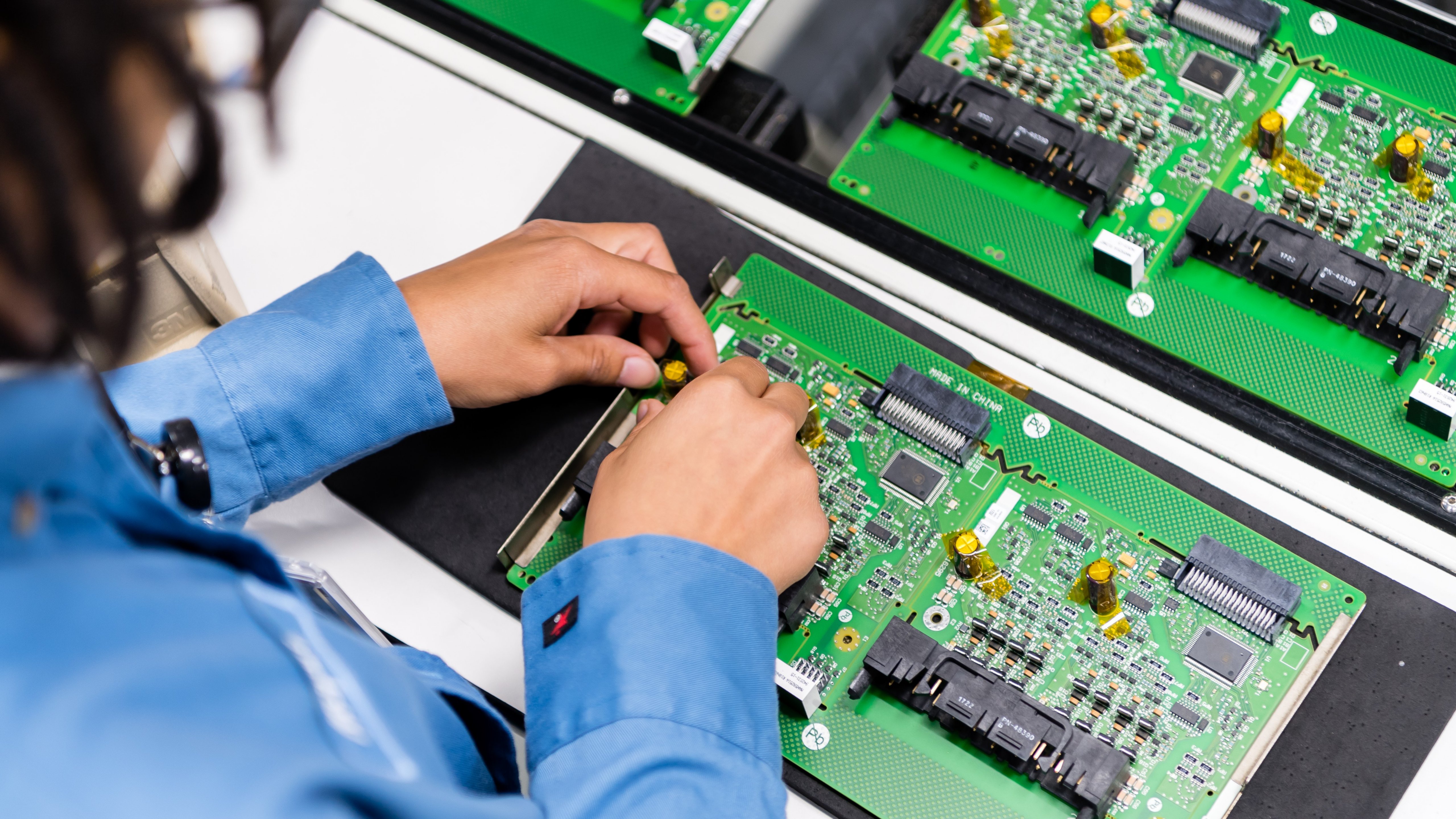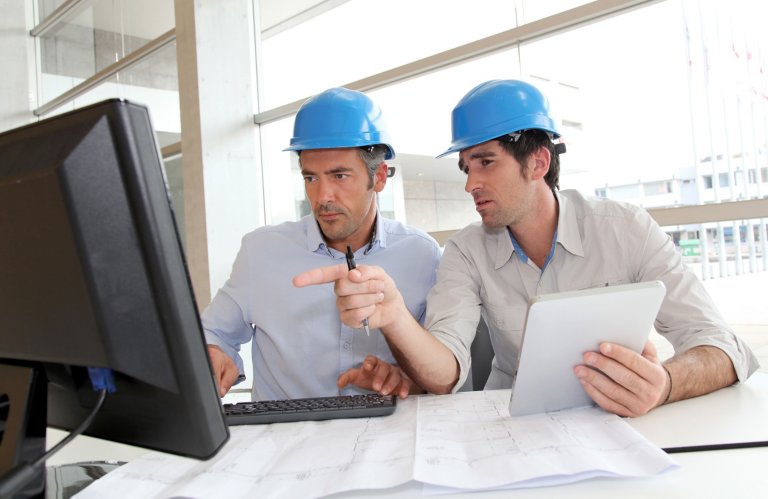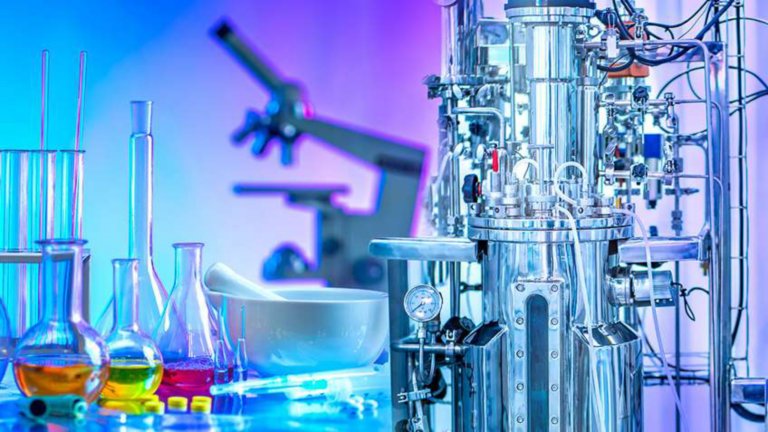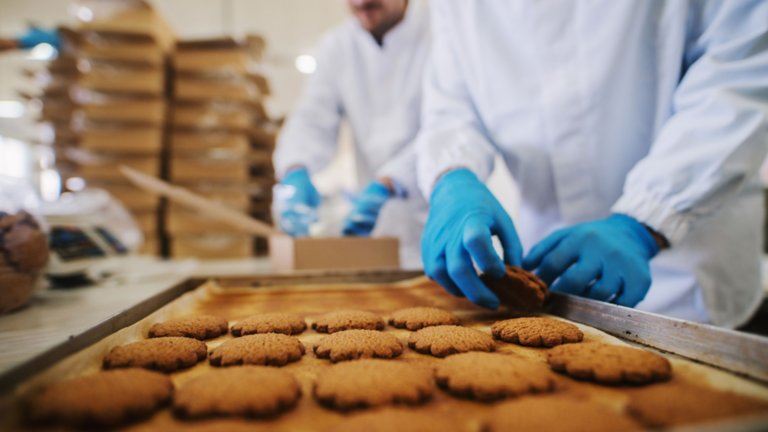Without doubt, much of the last year has been about survival. Faced with the ongoing impact of the pandemic, industries of all kinds are looking to keep up productivity, improve efficiency and optimise costs.
In order to keep going, things need to keep working. It’s when things break that organisations really feel the impact – from a stall in productivity to financial and business loss. Sometimes, buying new may seem like the easiest and fastest option. But in my experience, the opposite is true.
In this blog, I’ll show you why having the right approach to repairs, and understanding their innate value, will optimise costs and help your business to survive well beyond the pandemic.
Something new for something old?
If your car broke down, would you take it to the garage first, or would you look to replace it straight away? Of course, you’d take it to the garage, as the cost of fixing the car is likely to be less than buying a brand-new one. Similarly, in business, replacing every broken product every time (no matter the cost) isn’t the most cost-efficient way of operating.
But businesses still choose to replace. Why? Fear of the old product becoming obsolete is a common reason. If your original vendor can no longer fix your product, you’d be wishing you had a more up-to-date version. When it comes to technology, newness somehow seems ‘safer’, even if it comes at a higher cost. So, what’s the difference with repairs? Having the right partner.





